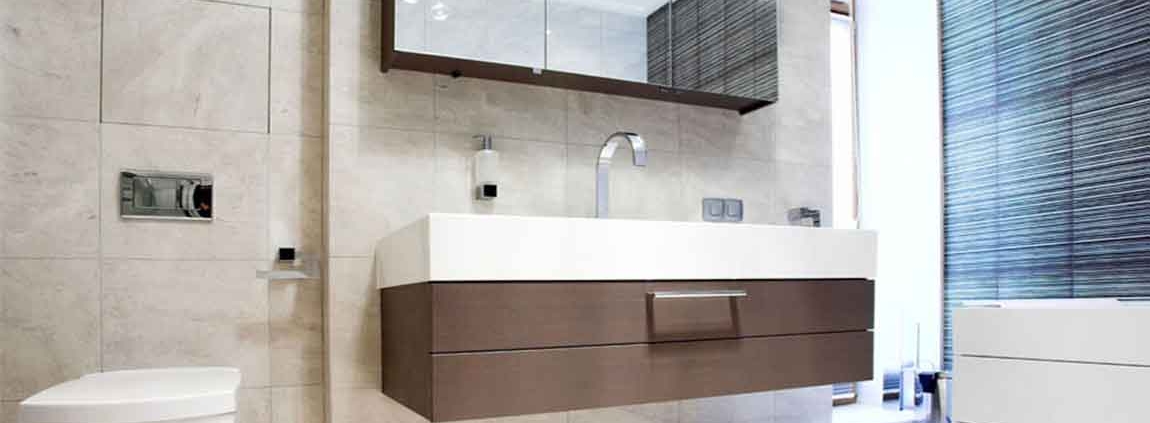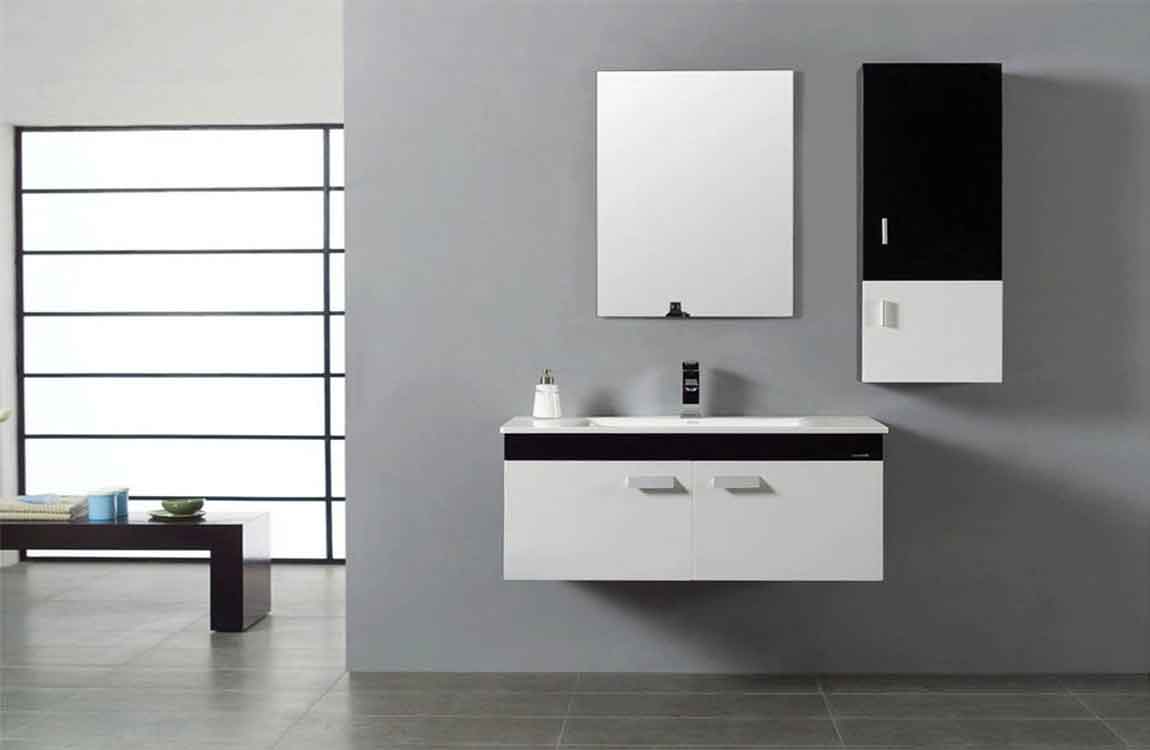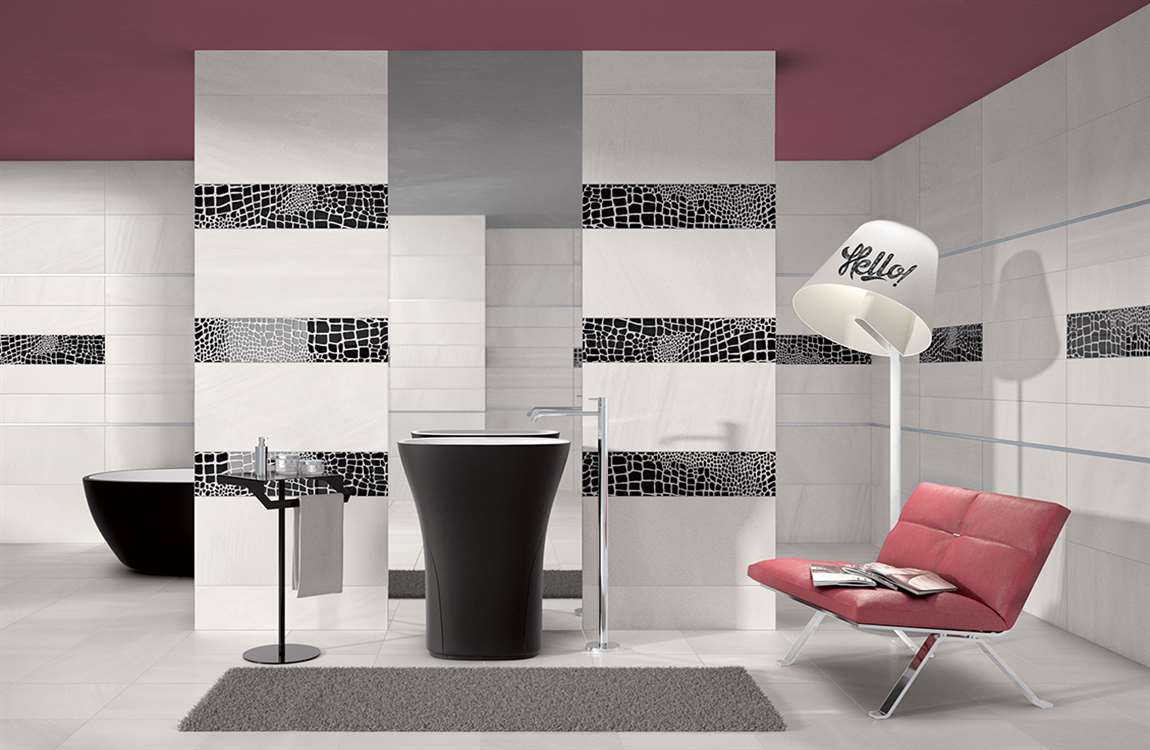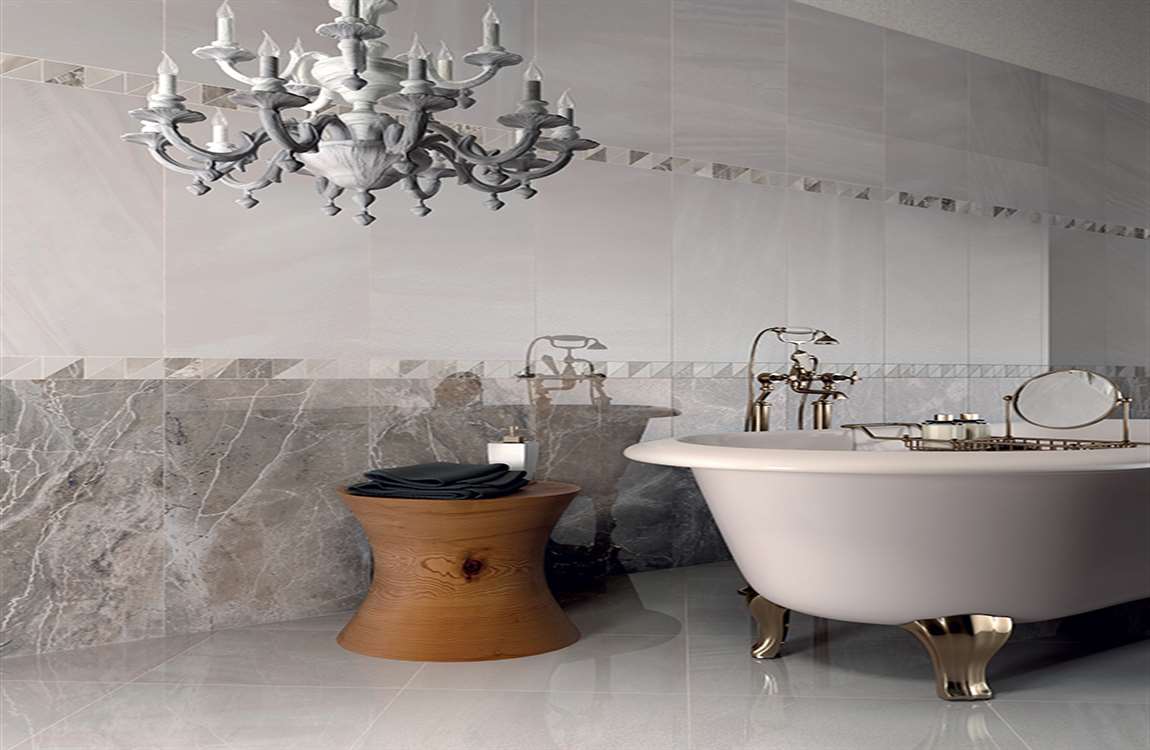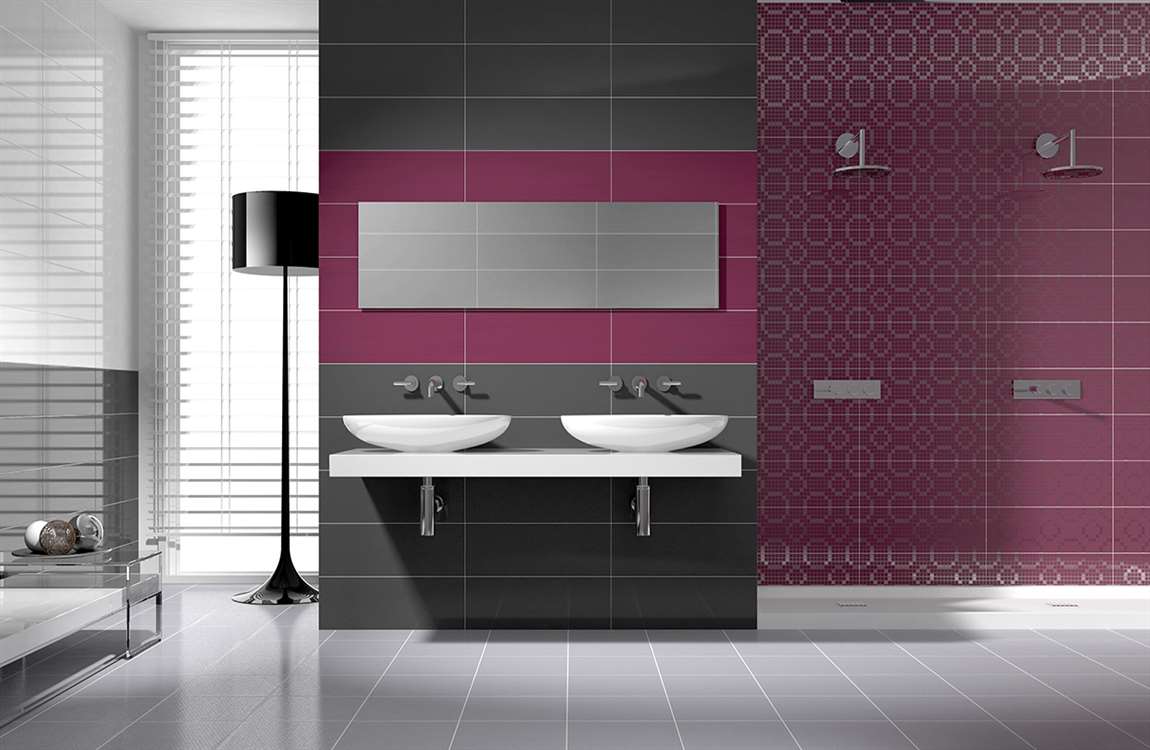How to Paint the Bathtub?
If your cast-iron tub is looking a little rundown, save some money and give it a new coat of paint rather than replacing it. After filling in any gaps or cracks, sanding down the interior and exterior, and giving it a few coats of acrylic urethane enamel paint, you’ll have a bathtub that looks brand new. It’ll cost you about $450 to refinish your tub yourself, versus over $3000 to replace it.
Leave the tub alone until it has cured completely. Don’t step in it, run any water, or use it it any way. Follow the paint manufacturer’s instructions for the curing time, which is generally around 24 hours. You can also use a heat lamp to speed up the curing time, but that could also cause discoloration in the paint.
Remove the masking tape and reattach the tub fixtures. Once the tub is dry, you can remove all the plastic sheeting and tape and replace the drain and faucet. Throw the sheeting and tape away. You may also want to mop the floor and give the rest of the bathroom a thorough wipe-down to catch any dust or dirt left behind from the painting process.
Re-caulk the tub before you use it again to protect it from mold. Use a caulking gun to reapply the caulk to the areas where the tub meets the shower, if that’s applicable. Follow the instructions for the brand you purchased and let it dry before you use the tub. Caulk can take 24 hours to cure, but it’s generally safe to expose it to water after a few hours.
Spray painting is generally an easier process because you won’t have to lean over the tub and risk smearing the paint. Similarly, if you’re painting the tub by hand, use long, even strokes to coat the tub’s entirety.

